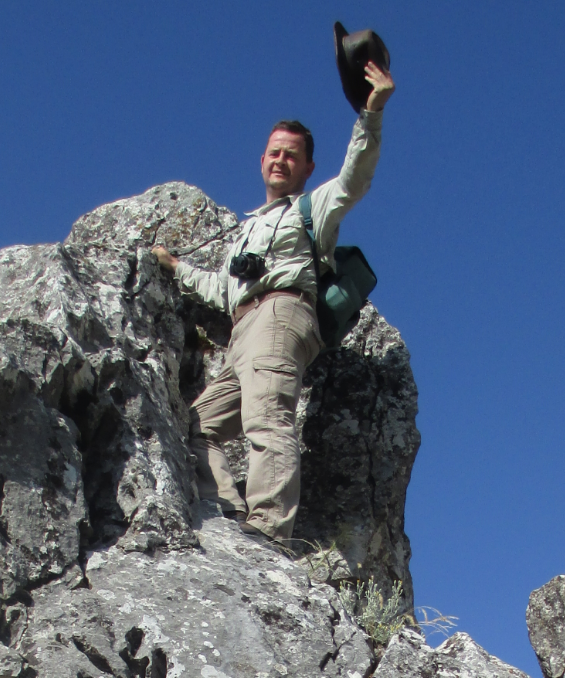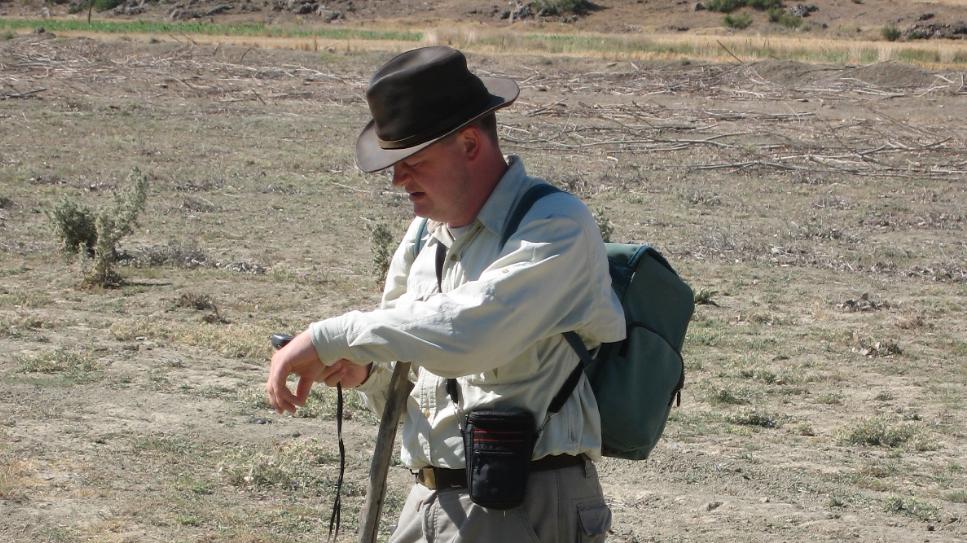Patrick Degryse is professor at the Department of Earth and Environmental Sciences at the KU Leuven and at the faculty of Archaeology at Leiden University. He is head of the Archaeometry research unit. Find out more about his work in this latest SIM² KU Leuven interview. (Leuven, 27/1/2020)
How did you become a professor in Leuven?
As a child, I wanted to be either a fighter pilot or a professor with a laboratory. My military career was very brief and not airborne, so my interest in physics and chemistry led me to Leuven. Starting with a candidature physics, I switched to geology the year after. This turned out to be a success, and I was lucky to be able to start on a PhD project literally one week after my graduation. After I obtained my doctorate, some effort was involved in getting several successive post docs in Leuven and elsewhere, after which I was appointed research professor of the Special Research Fund in Leuven in 2007.
What are the main topics you have been and are currently working on?
My research focuses on the exploitation and use of industrial minerals and ores in ancient times. In particular, my group develops way of fingerprinting raw materials, so that their origin and use in man-made materials can be reconstructed. Especially isotope ratio approaches are important in this research, though we also use other geochemical methods next to petrography and mineralogy.
We often analyse ancient artefacts, but also look at modern-day materials, to reconstruct how they were made, and which raw materials were used. In this way, we can place objects and their raw materials in space and time, or inter compare them on the basis of their chemical or mineralogical composition, or texture.
We develop these methods with the primary purpose to understand ancient technology, reconstruct ancient economies, and assess the use, exchange and trade of materials, but this also finds applications in sediment tracking, environmental research, forensics or engineering.
What attracts you in your research?
It combines chemical laboratory work, exploration in the field and an cultural-historical approach, and it needs creativity and teamwork, while allowing for much freedom and independence.
If you had a time machine, what point in the past or future would you visit and why?
The late Bronze Age in Egypt, Mesopotamia and the Caucasus! We’ve done much work on how early pyrotechnologies developed, in particular on the link between the earliest glass making and the development of copper metallurgy and gold extraction. We’ve been looking at the sources of silica, flux, colourants, opacifiers and how they travelled around the (then) known world. So, it would be interesting and perhaps confronting to see how much we’ve got figured out…
If you had plenty of time, what would you do?
In my spare time, I train and coach volleyball, and I still play myself. In order to prepare for the next season and to improve my technical and coaching skills during the year, I like to follow coaching courses and volley clinics. Also, sports psychology interests me immensely. If more time would be available, I’d probably spend much of it on volleyball… Moreover, I find that what I’ve learned there, is often directly applicable in coaching within an academic context.
What is the strangest talent you have?
Perhaps that’s for others to judge, possibly my co-workers or children…
Biography






